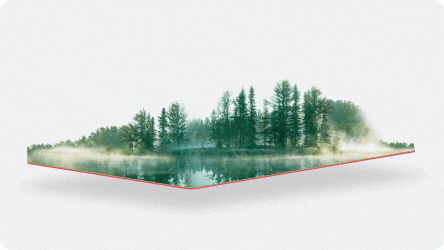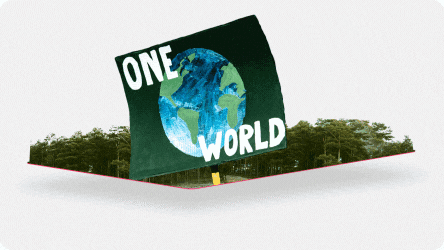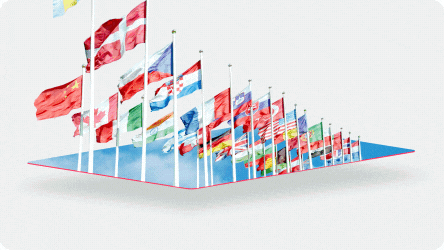Sustain-Abilities

- This Is Bayer
- Agriculture
- Consumer Health
- Pharmaceuticals
- Products
- Community
- News & Stories
- Careers
- This Is Bayer
- Agriculture
- Consumer Health
- Pharmaceuticals
- Products
- Community
- News & Stories
- Careers
When you hear “sustainability,” the first thing that probably comes to mind is the environment. But sustainability is much bigger than that. It also includes economic and social sustainability and a shared commitment to ensure everyone benefits equitably. The urgent push toward a sustainable future requires participation from the most prominent corporations to individual people.
Sure, that might seem overwhelming, but it’s actually an exciting opportunity! People from all kinds of backgrounds, experiences and perspectives are actively engaged in developing cool new innovations, both big and small, with the potential to move us toward a better world
To help you get excited, we’ve created 100 things you may or may not know about sustainability, as well as how companies like Bayer are pursuing innovations to meet those challenges. Here you’ll find things you might not know, like inspiring ideas and efforts already underway toward building and growing a more sustainable future.

What are your sustain-abilities?
Discover incredible feats, giant leaps and recent breakthroughs that define TRUE sustainability and how you can contribute to actual progress.
Defining Sustainability

Crop Science
The global population in 1950 was about 2.5 billion people and is expected to be nearly 10 billion by 2050. That’s a lot of people to feed. The world will require a host of unique and innovative solutions to ensure everyone has access to nutritious food. Crop science plays a big role in how we meet the needs of the future.

Resources
Our natural resources are finite, which means we’re going to need bold innovations to figure out new ways to sustain our homes and communities. Meeting these challenges requires everyone from CEOs to individuals to rethink how we use our resources.

Climate Change
While sustainability isn’t all about the environment, climate change is a critical piece of the sustainability puzzle. Creating a sustainable climate means finding cleaner, more efficient ways to harness energy, food and resources in ways that will allow humanity to remediate the damage already done. It also means changing the way companies do business.

Nutrition & Health
Everyone deserves to live a happy, healthy life, but it can be hard to make good decisions all the time. Here are some tips to sustain your personal well-being, and to build healthier communities too.

Social Sustainability
Everything you do impacts the world around you. Most of us live in communities where the impacts of our everyday and business decisions ripple out into the world, affecting people in ways we often don’t consider. Check out these ways that we can help lift people and create a more equitable and sustainable life for all.

Business
Sustainability is good for business. Through operational changes like increasing renewable resources or using electric vehicles in their fleets, most businesses save money. Also, businesses with an environmental commitment to do their part to keep the planet healthy tend to attract the best talent, customers and partners.

Personal
While you shouldn’t take on the entire burden of saving the planet on your own, there are things we can do in our homes and in our neighborhoods that can help create cleaner, more livable communities. You might be surprised to learn that a few tweaks to your daily routines can have a pretty significant impact (and maybe save you a little cash).

Future
The things we do today as a nation and a global community will ripple through time, and the clock is ticking on our ability to address the problems facing our climate, food systems and health. So while we need to manage the present, there is always room for thinking ahead to how the world could look in the coming decades and how we’ll adapt to the things that are changing that we can’t control.





































































































